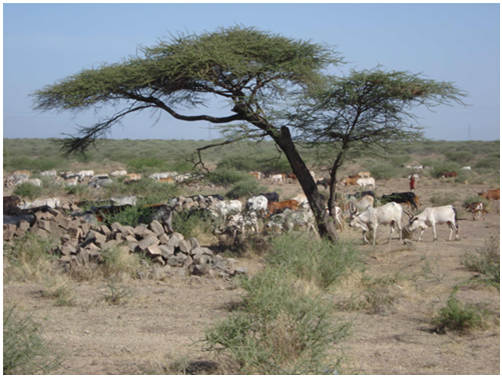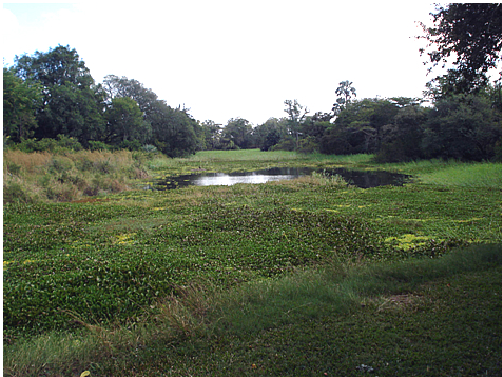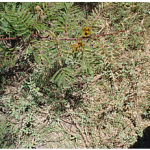Client: United Nations Environmental Programme (UNEP)
Lead Environmental Evaluator: Liz Kiff.
Agriculture, trade, and the environment are all being adversely affected by invasive alien species (IAS). IAS are second only to habitat destruction as a cause of global biodiversity loss. Globalisation of trade and travel is increasing the number of species moving around the world, and changes in land use and climate are making some habitats more susceptible to invasions. Management of IAS in Africa becomes a national priority, through the threat posed to agricultural production, livelihoods and food security.
Barriers that constrain countries in Africa from effectively addressing the problem were identified to include:
- Weak policy and institutional environments,
- Lack of information and awareness,
- Inadequate implementation of prevention and control, and
- Lack of capacity.
Gaps, overlaps and inconsistencies in existing policies, regulations, strategies and institutional arrangements concerning IAS can be addressed with a multisectoral ecosystems approach supported through an apex body with overall responsibility for the coordination of IAS issues.


Lochinvar National Park, Zambia, affected by mimosa infestation (Mimosa pigra) which has negatively impacted on tourist revenues and species diversity in infected areas. LNP forms one of the Ramsar Wetland of International importance and is regarded as an Important Bird Area by Birdlife International, with significant numbers of wattled cranes (Bugeranus carundulatus) using the park.
The evaluation found that while significant progress had been made by the national government bodies implementing the programme, greater emphasis was required on linking livelihood improvements with control measures to improve long-term sustainability. Interesting pilots conducted with the private sector and potential links with initiatives in the non-government sector involved in improvement of livelihoods in rural areas, had significant potential.



